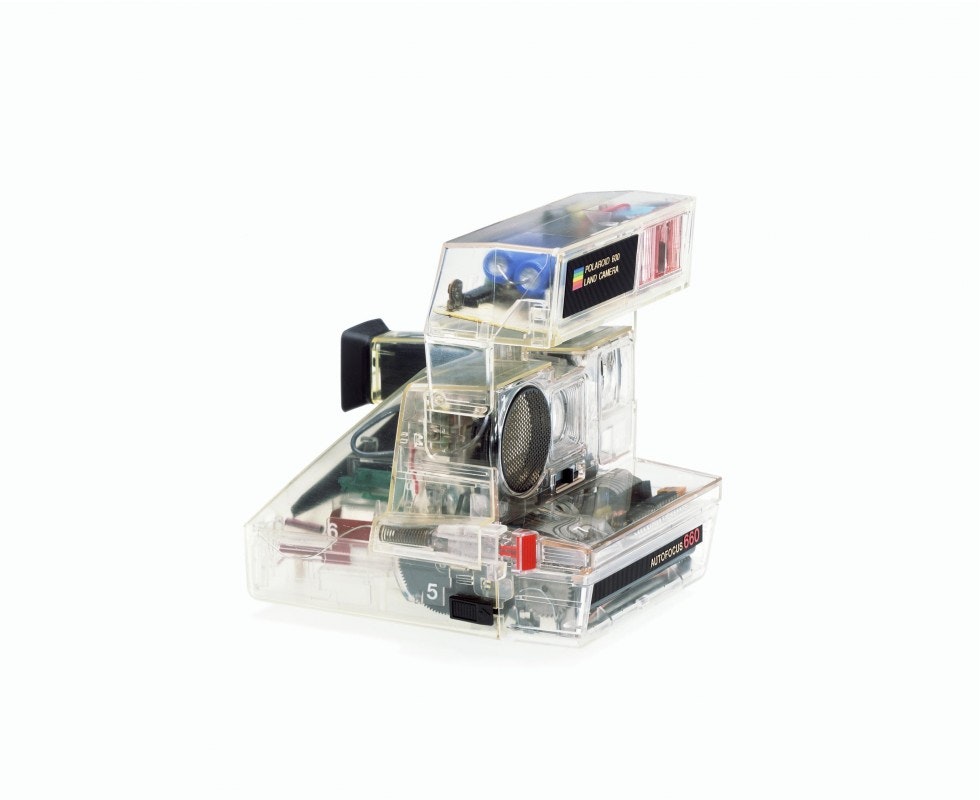A case in point would be the work of American artist Christopher Williams, who in his ongoing project entitled
For Example: Dix-Huit Leçons Sur La Société Industrielle (2003 to present) creates a series of images that develop an iconographic program relating, in his own words, to “the restructuring of cultural life in the postwar era and in particular the Americanization of European popular culture.” This loose theme is what holds together an apparently heterogeneous ensemble of pictures that include chocolate bars and rubber tires, shower screens, socks, and photographic equipment. Yet what also brings the images together is the way in which they involve or make reference to specific forms and techniques of industrial photography. In this respect, Williams’ practice recalls Flusser’s vision of the camera memory as a device “programmed by people employed in a photo industry, (…). But those people have, in their turn, elaborated that program in a dialogue with the industrial program, which is a memory that contains a vast amount of virtual camera programs. The program of the photo industry is, in its turn, programmed by people who are elaborating the economic, cultural, political and ideological program of a society.” 1Vilém Flusser, “First Lecture on February 23, 1984: Photo Production. Ecole de la Photographie, Arles.” In English.
Flusser Studies, 10 – November 2010 / Double Issue. Online journal
http://www.flusserstudies.net/pag/archive10.htm. Retrieved 20 March 2013. Flusser here makes a case for the way in which photography, far from reproducing natural vision, should instead be understood as the result of a layered system, which, circle after circle, determines conventions of reading that ensure the homogeneity and legibility of photographic documents. The vision of photography that he outlines is that of conventional photography as it exists in professional, industrial, and scientific forms, and is perpetuated by professional, industrial, or scientific institutions.
As he explores these different circles, Williams simultaneously exposes their limits by creating (analogue) photographs that, upon closer inspection, are improper for commercial use. His pictures exhibit awkward shadows, unsightly blemishes on a model’s
ankle,
dirty feet, and ill-fitting clothing samples that disturb gazes accustomed to flawless, digitally corrected or produced images and force viewers to slow down to take those pictures in. So is the case of other photographs from the series that depict photo cameras: teased and prodded in his current
exhibition in Cologne, and sliced open in earlier images evoking diagrams found in user’s manuals. Such photographs that teasingly depict and dissect the black boxes, “force [the] apparatus,” we might say along with Flusser, “to somehow invert its program like a glove, and have it produce that which is unexpected from the point of view of the program.” In these photographs, Williams plays the analogue against the digital and using the resources of the photography industry (for instance working sometimes with commercial studios), he makes pictures that do not comply with their aesthetic and commercial conventions.

